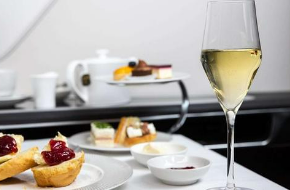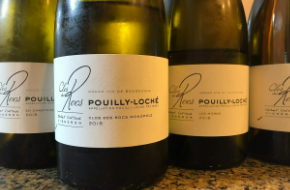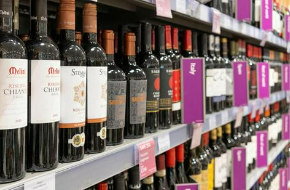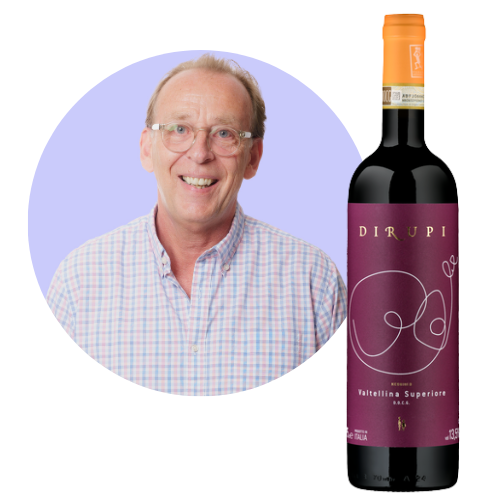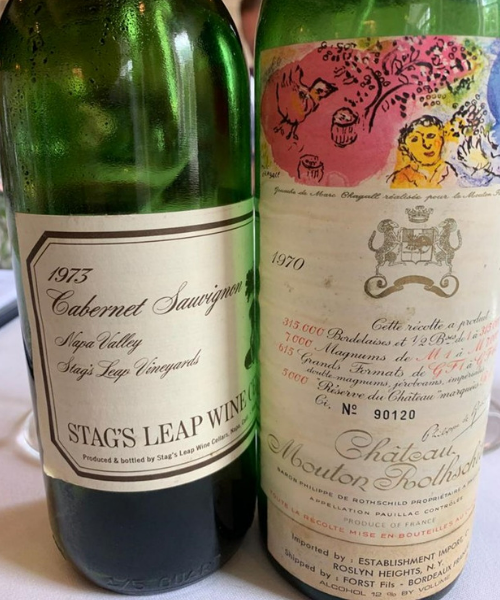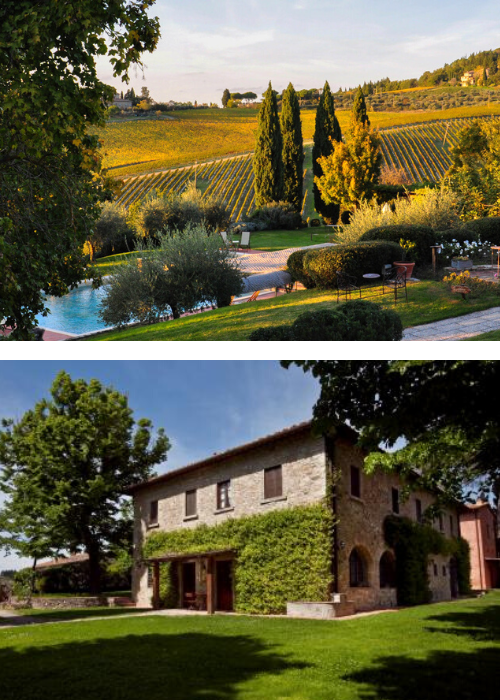Any good?
I tried two wines over the holidays – Noughty Sparkling Chardonnay from Thomson & Scott and a Spanish Grenache-Syrah blend from Sangre de Toro.
The sparkling was made with the vacuum chamber method, and I instantly noticed a lack of almost any aromas aside from a vague citrusy sweetness. However, the palate was refreshingly dry with just 2.9g of sugar per 100ml (other non-alcoholic wines can be sickly sweet). It featured pleasant flavours of citrus and apple and an energising acidity. I don’t think anyone would confuse this with a ‘real’ sparkling wine, but it works as a non-alcoholic aperitif that pairs well with most snacks and canapes that you’d have with Champagne. Yes, I’d buy it again.
I’m not so sure about the Sangre de Toro. Even though it uses the reverse osmosis method, the nose lacked any real primary flavours and instead gave off just a mild earthy mushroom aroma. Aromatic depth is often the most difficult aspect of wine to capture in the de-alcoholised version even if made via reverse osmosis. Evaporating alcohol forms the primary carrier of the wines’ aromatic profile. Tannins are also typically not as pleasant in de-alcoholised wine, meaning white or sparkling wines are often said to be better than reds. The Sangre de Toro palate initially showed promise with a smooth, surprisingly full body with nice ripe tannins present. But again, the flavours were missing, and the wine became thin quite quickly. Alas, my initial hesitation seemed confirmed.
Some names to look for
At the same time, the Sangre de Toro was still drinkable and made me think others from different producers and grape varieties might show more depth. The Drinks Business’ Global Wine Masters recently announced medal winners for the Global Low and No Alcohol Wines. Perhaps unsurprisingly, sparkling, white or rose wines dominated the top scorer list.
The top reds included Southeast Australia’s McGuigan Wines’ McG Zero 0.5 Shiraz and Accolade Wines’ Hardys Zero Shiraz. Chilean Comercial DYP Sinzero Cabernet 2020 also showed well. Notable whites included Starla Wines Sauvignon Blanc from California. In the sparkling category, I’m keen to try Strauch Sektmanufaktur’s Blanc Pur from Rheinhessen.
Until then, however, I remain sceptical that de-alcoholised wines can come close to replicating what I love about a good fine wine. Alas, I’ll pass on dry January this year.
